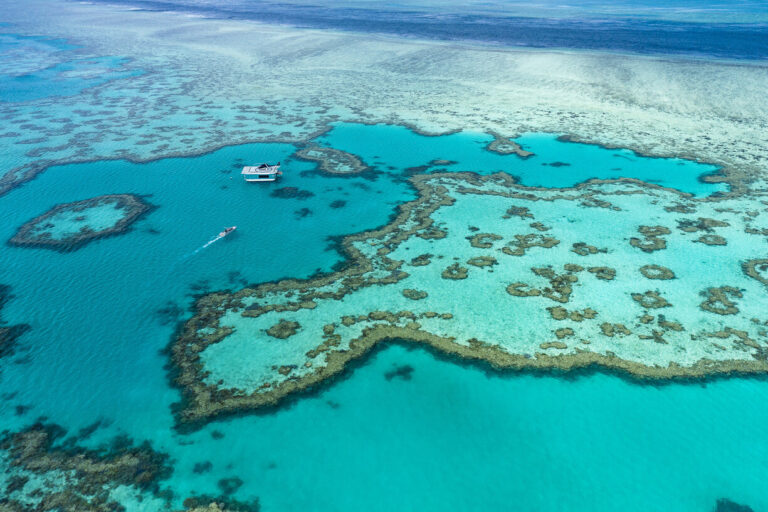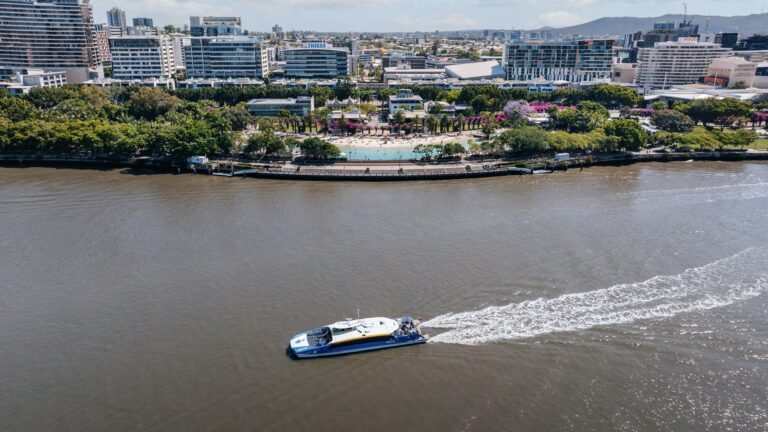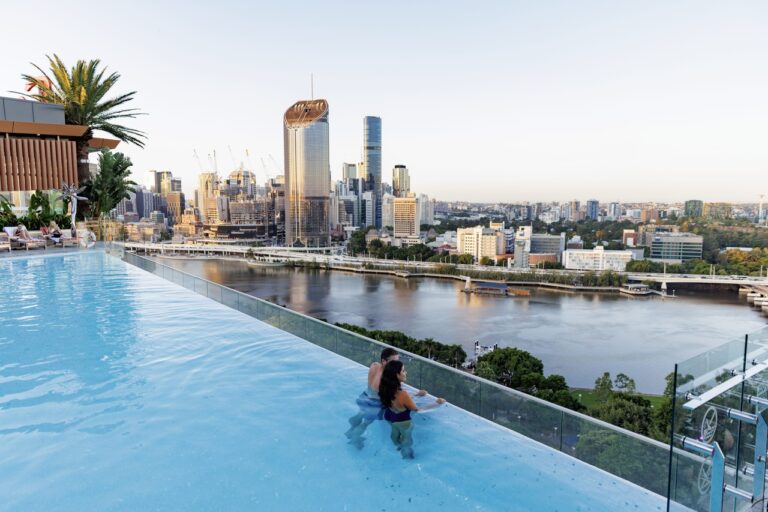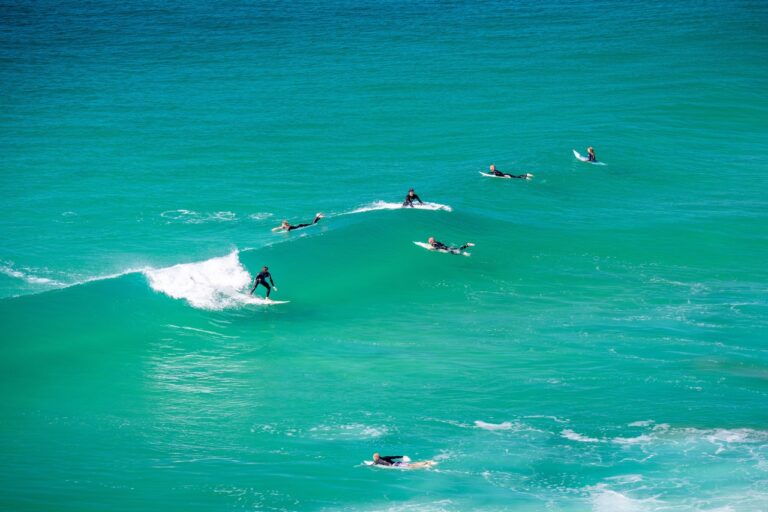When is the Best Time to Visit the Great Barrier Reef
For many travelers, finding the best time to visit the Great Barrier Reef is a key consideration, as is deciding where to stay. The question of “What to do” is not so much of a challenge: everyone is there to experience the reef and the rainforest! The Great Barrier Reef is a dream destination for many, and for good reason. It’s one of those places that actually does live up to the hype. Whether you’re snorkelling with sea turtles or sailing between tropical islands, it’s an experience that stays with you.
I’ve explored this reef in different areas and the conditions can really shape your trip. Knowing the best time to visit helps you make the most of every snorkel, swim, and sunset.
I also share my recommendations on where to stay on the Great Barrier Reef.
Key Takeaways
- May to October is the sweet spot for great visibility, comfortable temps, and low rainfall, which is perfect for snorkeling and diving.
- Avoid January to March if you don’t like heat, heavy rain, or the risk of cyclones. Though the rainforest will be magical with the rain.
- Northern reef locations like Cairns are warmer, while southern spots like Airlie Beach offer clearer water year-round.
Passport to Wonder contains affiliate links and is a member of the Amazon Services LLC Associates Program. Please consider making a purchase using one of these links; we may earn a small commission at no extra cost to you and it helps us continue to share the wonder of this world with you. You can read more about affiliate disclosures here in our Terms of Use and Privacy Policy.
When is the Best Time to Visit the Great Barrier Reef?
If you’re after that iconic reef magic with calm seas, clear water, and vibrant marine life, plan your trip between May and October. This is the dry season, and it’s prime time for snorkelers, divers, and boat tours. Tour operators often start around May/June, and accommodation and tour bookings will fill up.
The weather is warm but not scorching (though Sommer, my wife, says it feels hot all year around in Australia haha). Water visibility is at its best. Plus, there are fewer stingers (“Aussie” term for sea creatures like jellyfish with tentacles that sting you) in the water. It’s basically the reef’s golden hour stretched across six months.
November and April are shoulder months. You might score fewer crowds and slightly better deals. But you also roll the dice with rain or early jellyfish season.
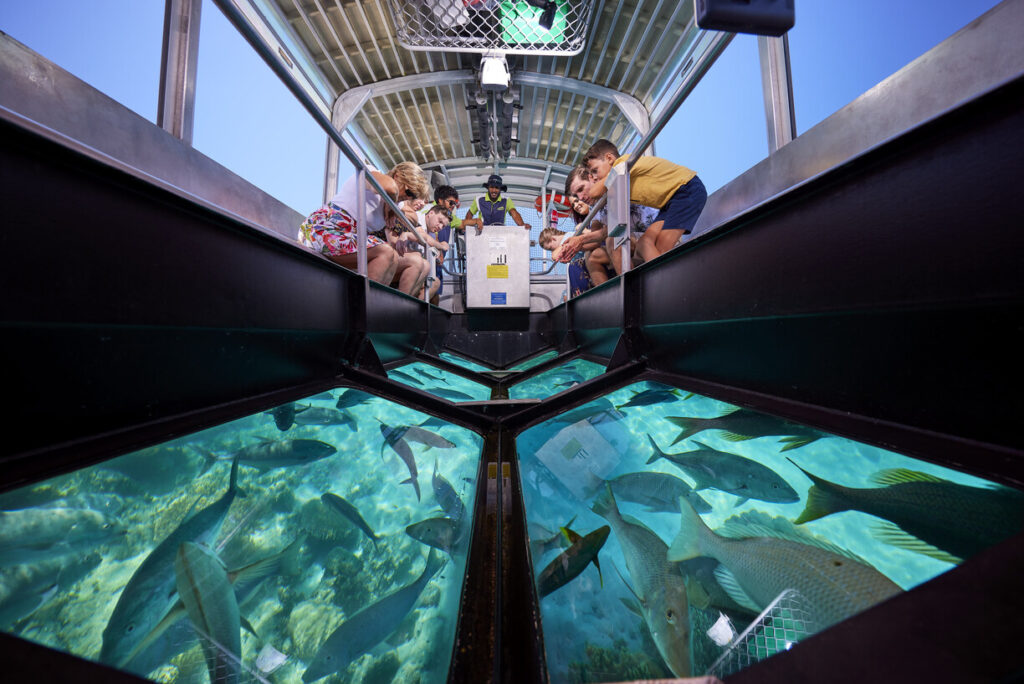
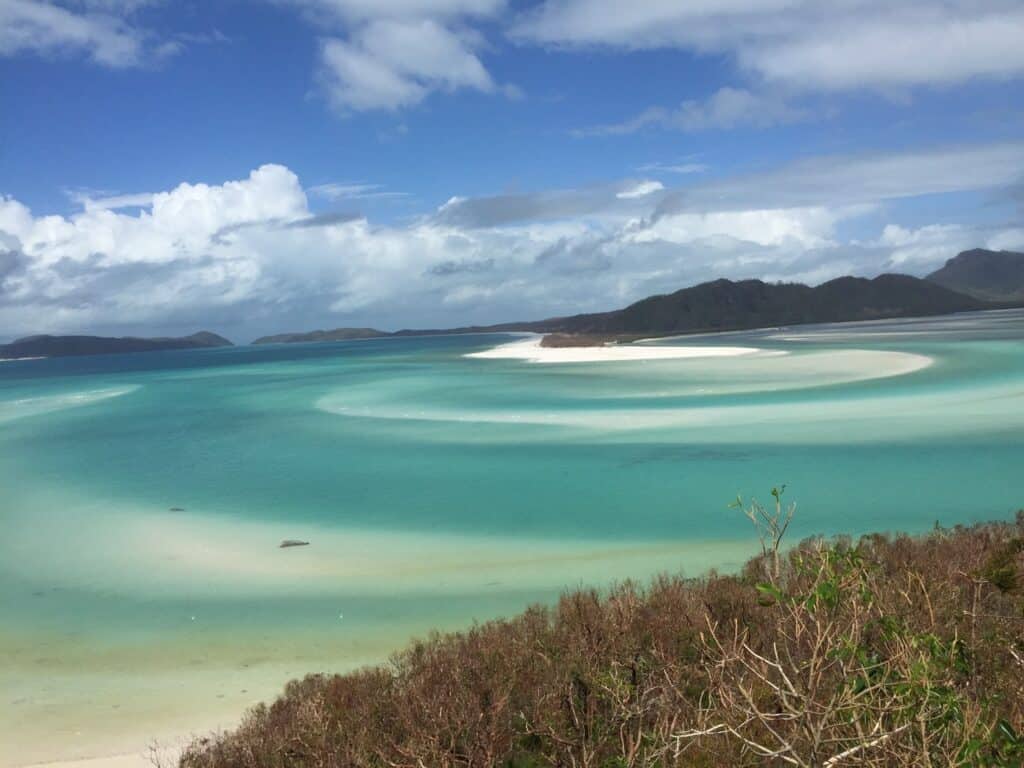
What is the Weather at the Great Barrier Reef?
The Great Barrier Reef spans over 1,400 miles, so weather can vary quite a bit depending on where you go. Let’s take Cairns as a baseline. It sits roughly in the middle of the reef and is one of the most popular launching points.
Here’s a quick breakdown:
- Far North (like Port Douglas or Lizard Island): Hotter, wetter, and more prone to tropical cyclones in summer (December–March).
- Mid-region (Cairns): Tropical climate with defined wet and dry seasons.
- South (Airlie Beach, Whitsundays): Cooler, drier, and often has better water clarity, especially in summer.


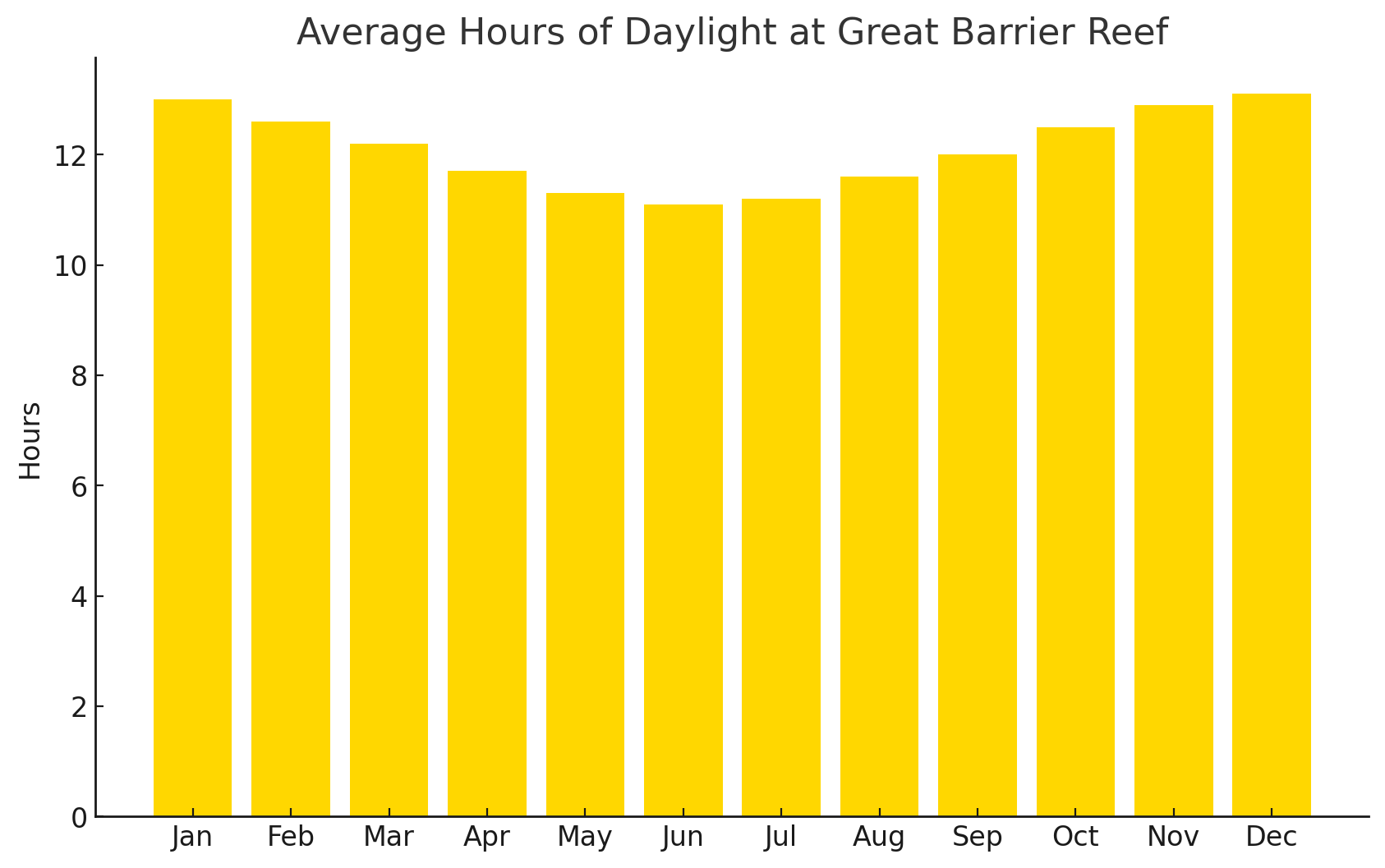
(Source: WeatherSpark)
When is the Worst Time to Visit the Great Barrier Reef?
When we say “worst” it is really about a “less optimal” time to visit the Great Barrier Reef. You can still have a wonderful experience at the reef but you’ll need some flexibility and understanding as weather conditions can change and affect your plans or experience.
December to March is when the reef puts on its raincoat and hunkers down. These summer months bring monsoon weather, high humidity, and cyclone risk. Some tour operators still run tours on a reduced schedule, and there are fewer crowds so there are benefits to this season.
Water temperatures are warm, but not always inviting. Visibility can drop after heavy rain, and stinger season is in full swing. That means more jellyfish in the water, especially in the north.
If you’re headed south, say to the Whitsundays, you may have better luck. Rainfall drops off faster down there, and water clarity bounces back quicker.
In Airlie Beach in May, my luggage got delayed with the airline and our tour operator thankfully rescheduled us to the next day. We had great weather and water visibility heading out, but afternoon rain made the return trip bumpy and cold.

In Cairns in February, we had rougher seas on a trip to the outer reef and visibility was reduced but still clear enough to see the green sea turtle 30 feet away swim past me! The tour operator sold motion sickness pills to take at the start of the journey. (Tip, buy yourself a small pack of pills on land – it will be cheaper; when on the boat you should look to the horizon, and move to the open deck areas for fresh air) The pills won’t help you if you take them when you’re on the boat and “chundering” as Aussies call vomiting.
FAQs
Is it safe to go to the Great Barrier Reef?
Yes, absolutely. But like anywhere in nature, it’s all about knowing what to expect. Cyclones (aka southern hemisphere hurricanes) are possible from December to March. Stingers and marine creatures like jellyfish or stingrays are present, but guides take safety seriously. Always listen to the locals, wear protective gear, and follow advice from tour operators.
When to wear a stinger suit at the Great Barrier Reef?
Whenever your guide says so! From November to May, always wear a stinger suit. Bluebottle sea creatures, Box jellyfish and irukandji can be dangerous. Most tour operators include suits for snorkeling, and you’ll be grateful for the peace of mind. They can be like a lightweight, slightly baggy lycra bodysuit or a proper wetsuit. It’s not flattering but everyone is wearing one and it keeps you safe so join the group!
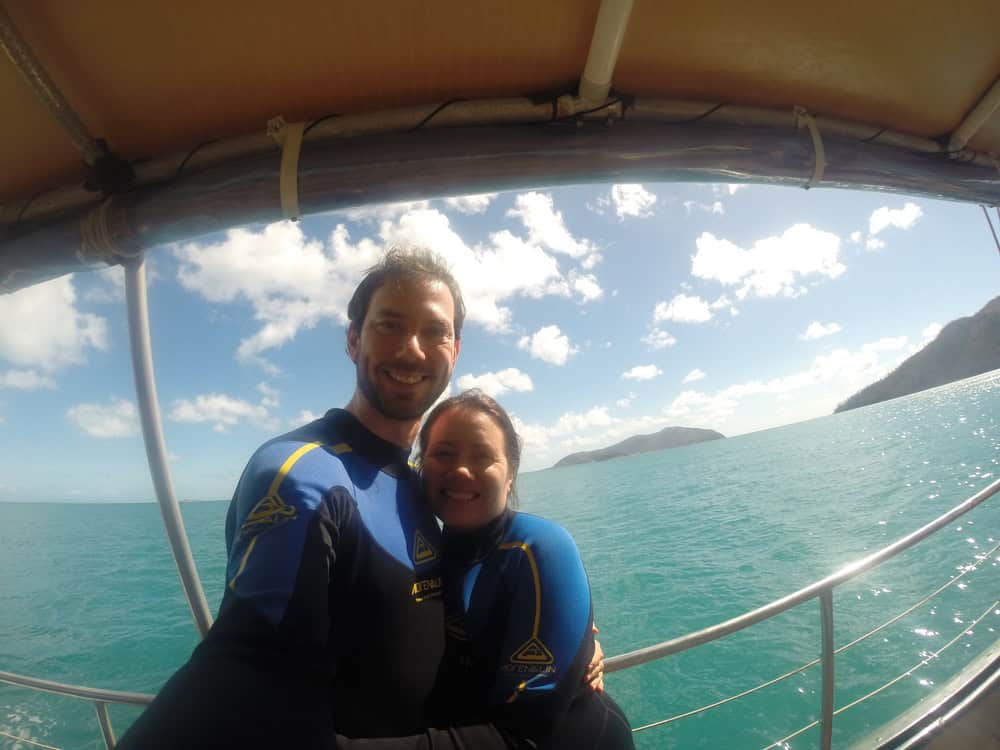
Where is the Great Barrier Reef?
It stretches along the northeast coast of Australia, hugging the state of Queensland. The reef starts near Bundaberg in the south and runs past Cape York in the far north. Cairns, Port Douglas, and Airlie Beach are the main hubs for reef tours. Cairns receives some international flights from Asia, and has regular flights from Sydney, Melbourne, and Brisbane, and other cities.
Where to stay in the Great Barrier Reef?
It depends on your vibe. Want easy access and lots of tours? Stay in Cairns. Prefer luxury? Head to Hamilton Island or Lizard Island. Dreaming of tropical charm? Try Port Douglas or Airlie Beach. There’s something for every style and budget.
Check out my guide to where to stay in the Great Barrier Reef for more suggestions.
When is the water the clearest at the Great Barrier Reef?
June to October usually brings the best water clarity. There’s less rain and wind, so the sediment stays low. That means crystal-clear snorkeling and dreamy underwater photos. The southern areas of the reef tend to be clearer year-round but you still have terrific water quality and conditions in the central areas during the peak season.

When is it possible to see whales at the Great Barrier Reef?
From June to September, humpback whales migrate through the reef. You’ll have the best chance to spot them around the Whitsundays or Hervey Bay. Some tours even offer whale watching with snorkel stops ticking off two bucket list experiences in one!
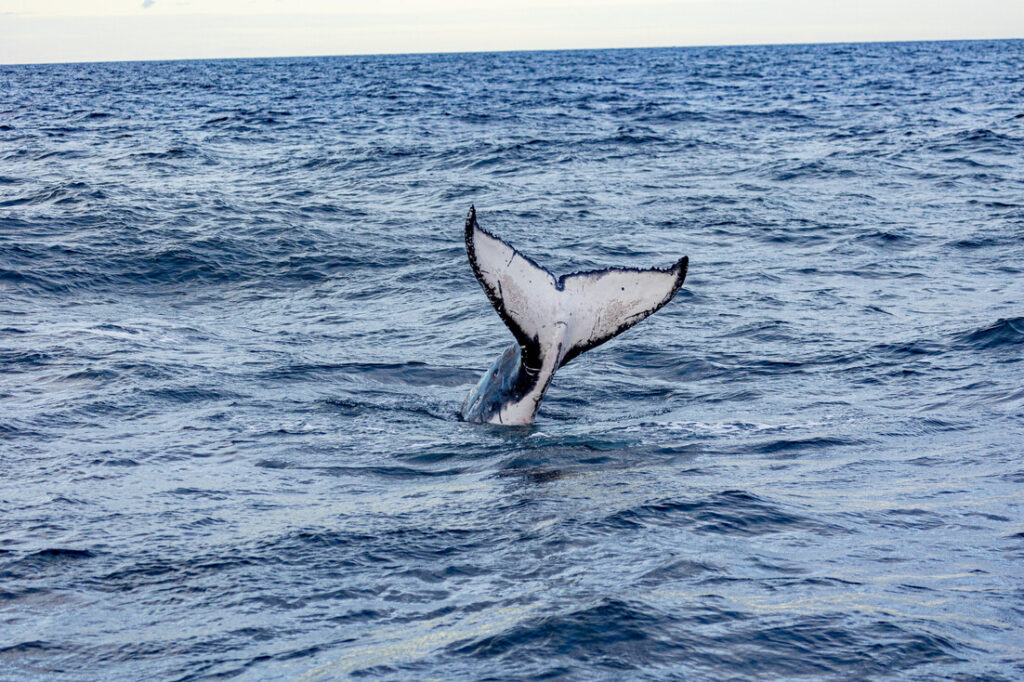
Best Time to Visit the Great Barrier Reef: Wrap Up
Timing your trip to the Great Barrier Reef can make all the difference. Go between May and October for calm seas, clear water, and the best visibility. You’ll avoid the heat, heavy rain, and jellyfish season and it’s a perfect escape from winter if you’re visiting from the northern hemisphere.
Of course, every season offers something unique. Shoulder months like April and November can bring fewer crowds and still decent conditions. And even the wetter months have their perks if you don’t mind occasional showers and want to see the reef in its lush, tropical glory.
Whatever time you choose, the reef is always an awe-inspiring experience. Just pack with the season in mind, book early during peak months, and follow local advice especially when it comes to safety gear and weather conditions. And if you’re launching from Brisbane, don’t forget to check out my guide on where to stay in Brisbane for the perfect pre-reef stopover!

About the Author
G’day, I’m Paul, an Aussie, and I love to travel. I want to experience the wonder of this amazing world, and foster the curiosity of others to discover their own wonder.
My favourite places to travel are somewhere new. I’ve attempted to learn Spanish but still working on it.
Check out more posts on Australia for local insight

